When it comes to decking, there are many options from natural wood to plastics and everything in between. It’s no secret that we at Thermory prefer real wood. It looks great, is pleasant to the touch and with our thermal modification process, very durable across seasons and climates.
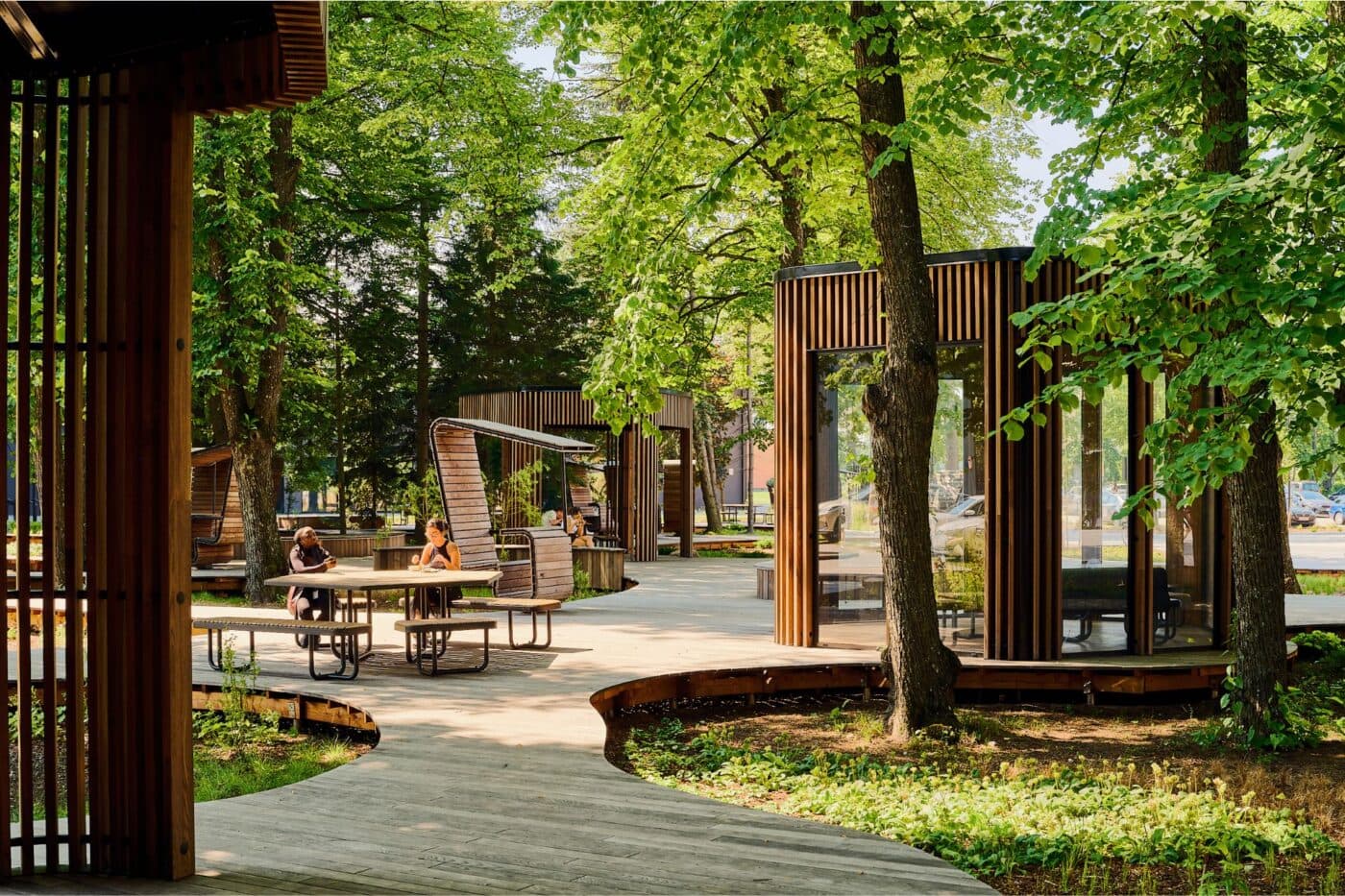
Thermally modified wood stands out from traditional decking materials because it undergoes a specialized heat and steam treatment. This process changes the wood at a cellular level by removing sugars and moisture that typically attract decay, fungi, and insects. As a result, thermally modified wood becomes significantly more durable and stable, with improved resistance to rot, moisture, and warping.
Unlike pressure-treated wood, thermally modified wood is produced without chemicals making it a safe and environmentally friendly choice. The process also deepens the wood’s natural color, giving it a rich, attractive appearance that can serve as an alternative to tropical hardwoods. With these enhancements, thermowood offers a unique combination of long-lasting performance, natural beauty, and sustainability for decking projects.
Read more about thermowood decking.
Our decking boards undergo intense thermal modification, giving them unrivaled durability and stability running all the way through to the core. Each board is naturally beautiful, expertly modified and highly functional – the perfect blend of art and science.
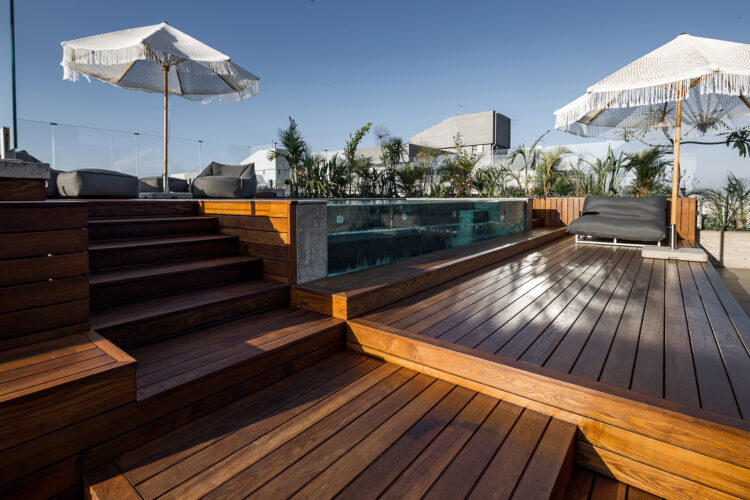
Thermally modified ash is the most popular choice for decking. This premium hardwood is made even more durable thanks to thermal modification and is tested to have Class 1 durability, meaning 25+ years of resistance to decay. Thermal modification gives ash a rich, deep brown color which makes it the perfect alternative to tropical woods like ipe and cumaru. Ash has the same look and feel, but is a more sustainable choice.
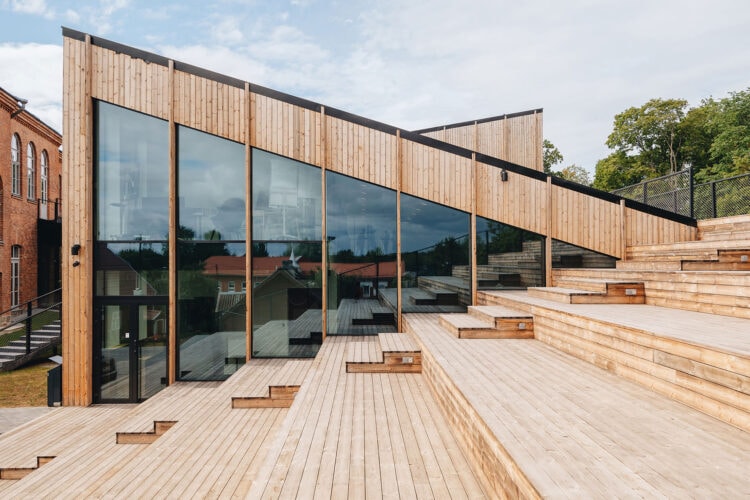
The Nordic favourite has a very good price and quality ratio. It is more affordable than ash and has a durability of Class 2 – 15+ years of resistance to decay. When thermally modified, pine has a light, golden brown hue and is characterized by its knotty look. We source only Nordic pine, which is highly valued for its mechanical properties. This makes thermo-pine is a great substitute for Siberian larch.
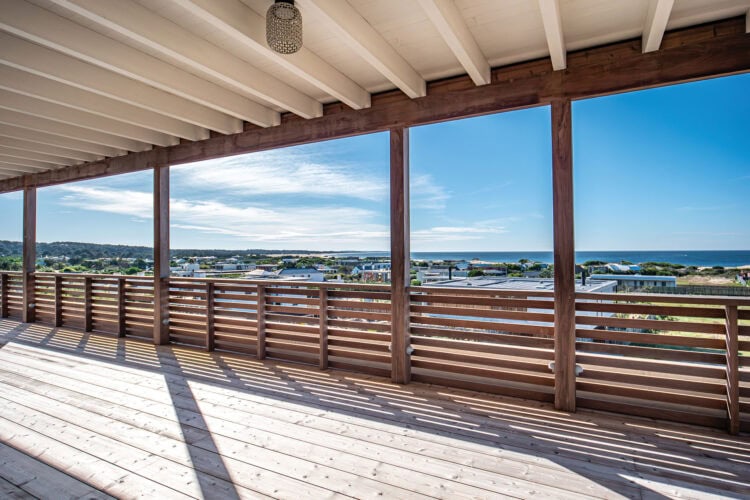
Spruce is also a solid softwood option for decking. Thermo-spruce has a color and knotty look similar to pine, but better durability. It is tested for durability Class 1 – same resistance to decay as the thermo-ash. Thermo-spruce is an affordable decking material that’s perfect for demanding climatic conditions.
Wood gives plenty of options for unique deck design. In addition to each species having a different visual look, the timber deck boards itself can be installed in different ways to achieve a desired architectural outcome.
As thermowood decking boards as lightweight and come with straightforward installation guidelines, the wood is great to work with regardless of the size or shape of the deck.
Key considerations for building a wood deck
See more installation tips from Thermory decking guidelines.
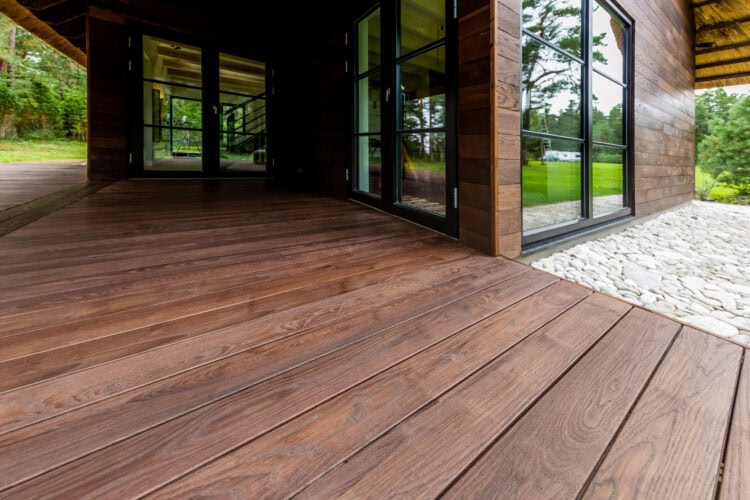
If you want the decking to have a clean look, we recommend using decking boards that have hidden fixing.
Thermory PaCS® Strip is an innovative fastening solution with pre-grooved boards that enable a quick and easy deck installation with no visible screw heads and automatic alignment with a gap of 5 mm between the boards and substructure beams to ensure good ventilation. The strips, which fit together end to end, each consist of six clips that allow three boards to be attached sideways onto a single joist by simply securing the strips and then clicking the boards into place.
The essence of why thermowood is the best material for decking isn’t just about the looks. Thermally modified wood has a long lifespan and, in addition, needs little maintenance besides regular cleaning.
As the construction industry faces urgent challenges around deforestation and carbon emissions, choosing a sustainable decking material has never been more important. Thermowood stands out for its performance and beauty, but also for its commitment to environmental responsibility throughout its entire lifecycle.
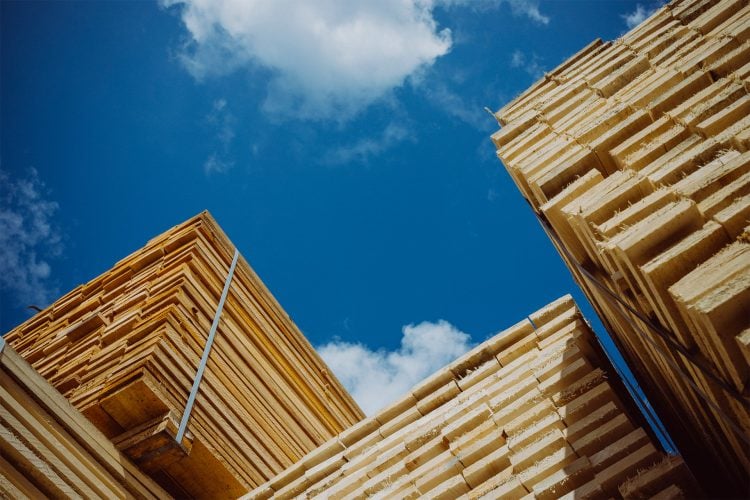
At Thermory, all timber is sourced from responsibly managed forests, prioritizing wood that is FSC® or PEFC™ certified. These certifications ensure that forests are replanted, biodiversity is protected, and local communities are supported.
Unlike many alternatives, thermowood is produced using only heat and steam — no chemicals, plastics, or harmful additives. This thermal modification process not only enhances durability and weather resistance but also minimizes environmental impact. Thermowood is safe for families, pets, and local ecosystems, both during installation and at the end of its long life.
Another key aspect of sustainability is product lifespan. Thermowood’s enhanced durability means decks last longer than untreated wood or many composite options. Fewer replacements over time mean fewer trees harvested, less energy consumed, and less waste sent to landfill, maximizing the positive impact of your decking choice.
At the end of its service, thermowood is fully biodegradable. Unlike composite decking, which can persist in landfills for generations, thermowood naturally returns to the earth without leaving behind microplastics or chemical residues. This ensures your environmental impact remains positive from start to finish. Better yet, once the wood is not redeemed presentable enough for decking, we recommend reusing the material as flowerpots, fencing, garden shed cladding or other creative applications.

The Thermory Design Awards 2025 once again shine a spotlight on the most inspiring uses of thermally modified wood in architecture and design. This year’s...

Looking to create a poolside space that’s as durable as it is beautiful? Thermo-ash decking is the perfect choice for stylish, low-maintenance outdoor...
Rooftop spaces...

Wood decking adds...
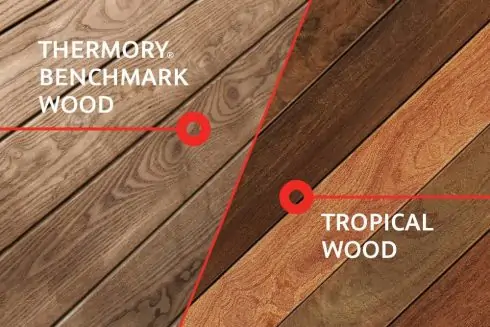
As the construction and design industries evolve, so does the demand for sustainable, high-performance building materials. For over 25 years, Thermory has...

Picture a wood that balances elegance, durability and versatility – a natural material that not only meets your demands but also exceeds your...

Combining different wood species, finishes and profiles brings variety to any interior or exterior design, delivering a tantalizing injection of texture and...
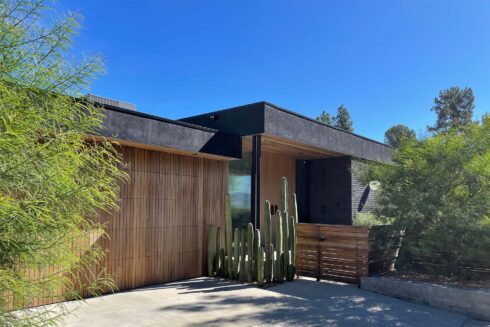
We were curious about the architecture trends and the popularity of timber in Australia, so we asked our down under partner, McCormacks Australia, to tell...
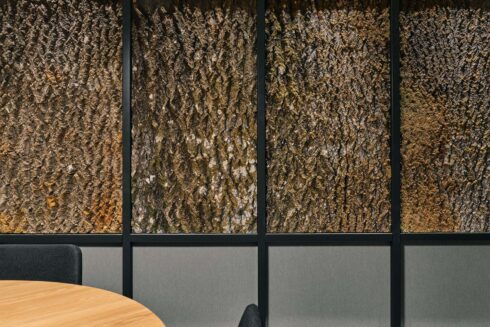
In the quest to shift our world towards more sustainable practices and circular processes, designers are increasingly turning their attention to...

As architects and landscape designers, creating indoor outdoor living spaces that are sustainable and eco-friendly is more important than ever. With a...
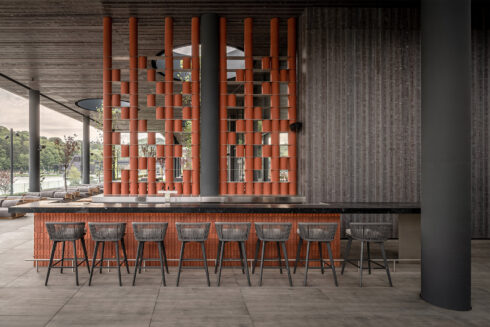
Thermory Design Awards is part of Thermory 25 celebrations for acknowledging and rewarding our...
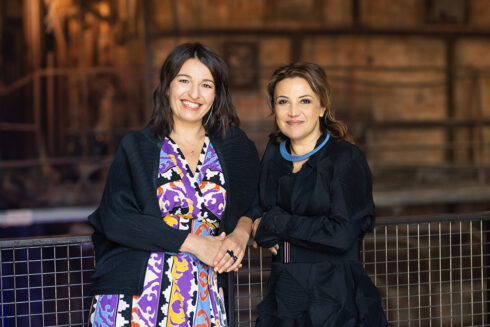
Curators of Tallinn Architecture Biennale 2022 exhibition “Edible ; Or, The Architecture of Metabolism”, Lydia Kallipoliti & Areti...
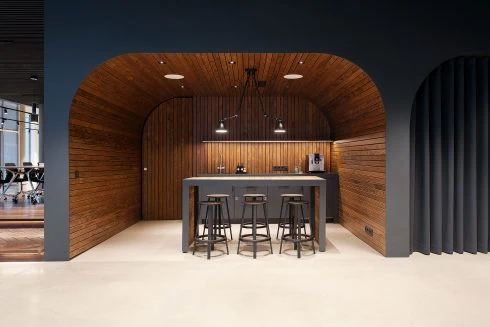
The aim of biophilic design is to create buildings and spaces that enable harmonious, naturally enjoyable experiences for their users by promoting the...

The purpose of biophilic design is to create spaces that deliver benefits for both human health and the environment by nurturing people’s innate affinity...
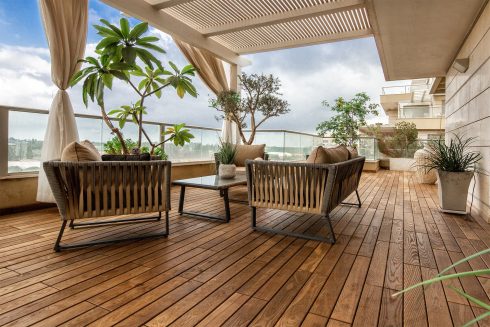
Introduce comfort, style and practicality into your outdoor space so that you can enjoy more time in the fresh air during the coming warmer...
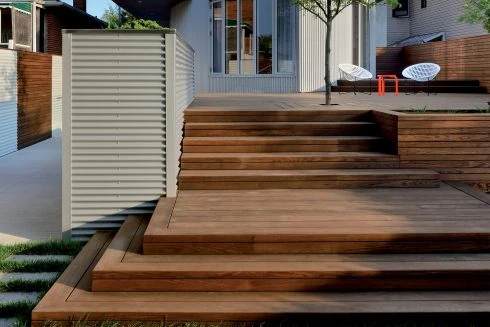
Summer is just around the corner, and as we eagerly look out to see the evidence of rising temperatures, that can only mean one thing...
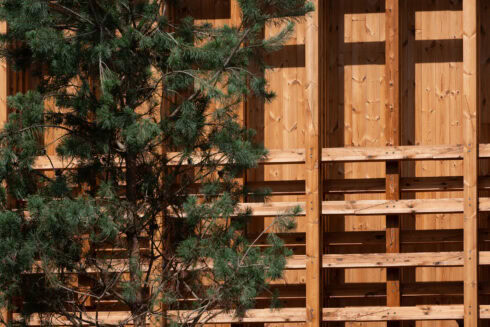
When it comes to...
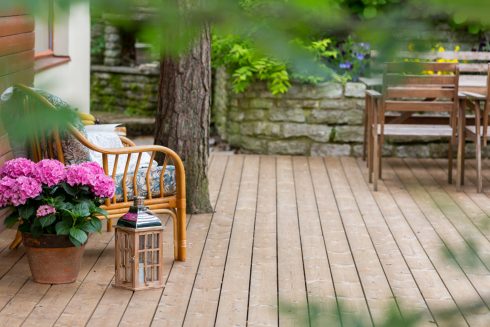
Home is where the heart is – a place where the whole family can feel safe and warm. The building materials you choose should enhance this feeling and...
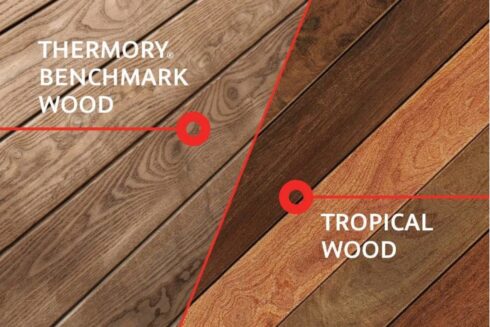
For decades, tropical hardwoods have been prized for their density, durability, and rich appearance. But their popularity comes at a high cost. Many of...
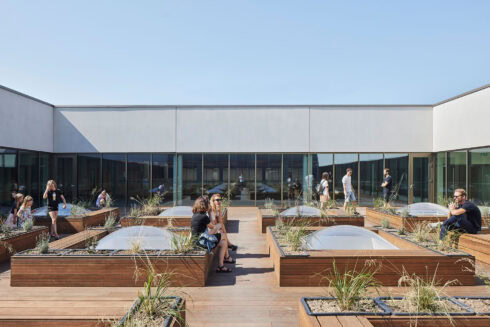
...
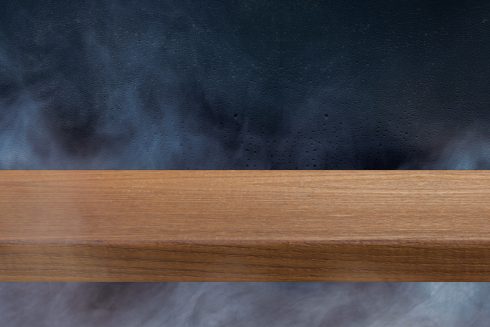
Thermally modified wood, often referred to as thermowood, is real wood enhanced using only heat and steam to improve its durability, dimensional stability,...
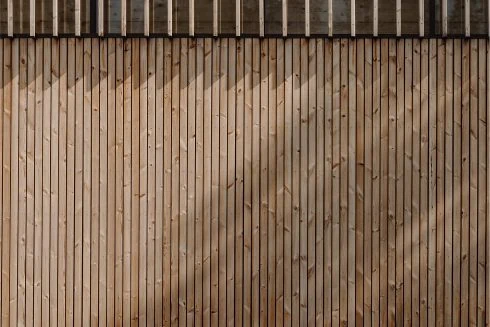
With rising concerns about climate change, the world community’s responsibility to reduce our carbon footprint rests with each and every individual and...
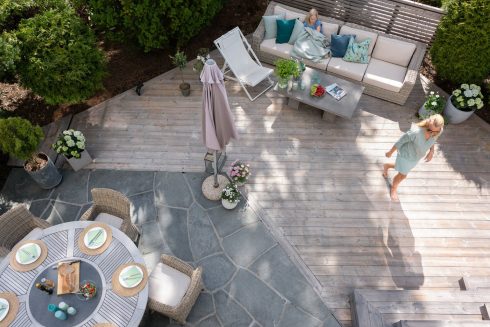
Wood is a natural material – and that’s part of its magic. Over time, its appearance changes, especially when exposed to the elements. Thermory’s...

You’ve selected the perfect decking for your outdoor space – now you just need to decide how best to secure it in its chosen location. There are two...

Great design is more than just aesthetics—it’s about how a space makes you feel. Increasingly, research confirms what many have intuitively known: wood...
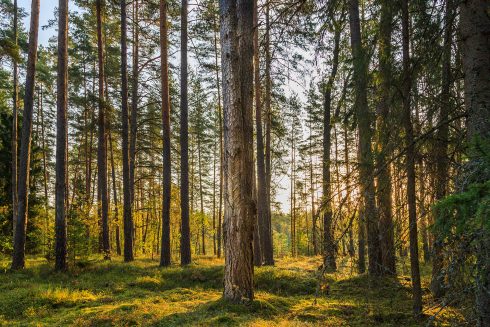
Ensuring the highest quality with the smallest possible ecological footprint and responsible use of resources are all principles that we consider important...
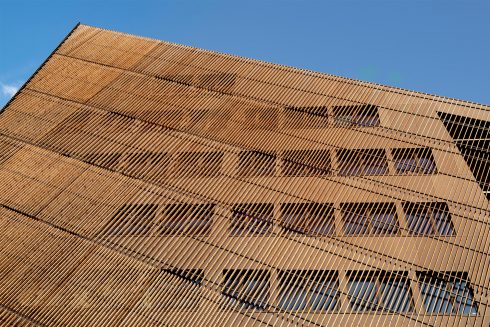
Throughout the history of architecture, surely no other material has been as influential as wood. It’s rare to see a building that’s been produced...
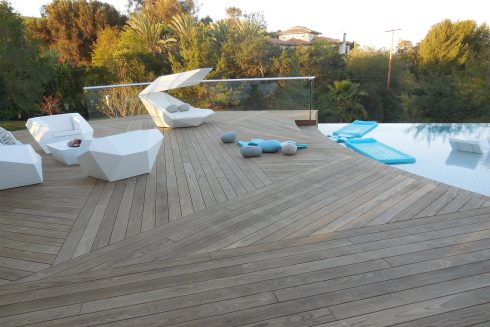
When considering how you’ll lay your new deck, there are many more options to decide between than simple vertical or horizontal alignment. In fact, with a...
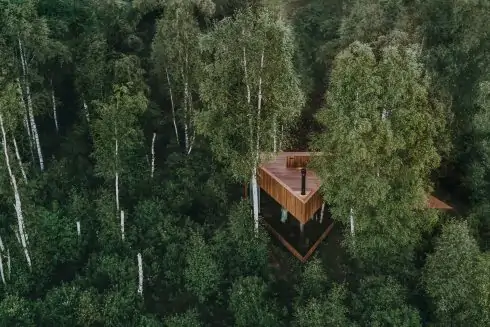
A trend is taking root in the worlds of architecture and interior design based on using natural materials and living plants to better...
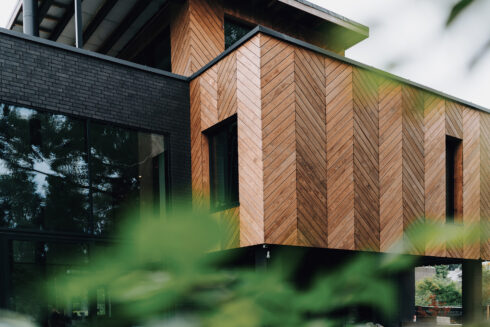
If you’re considering which wood types to use for a renovation or construction project, there are several considerations that may influence your decision...
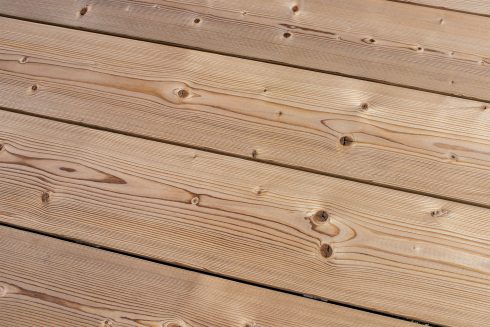
The wood-paneled interiors so common to mid-century homes have become sought after again, as many seek the warm, cozy feeling that the natural material...
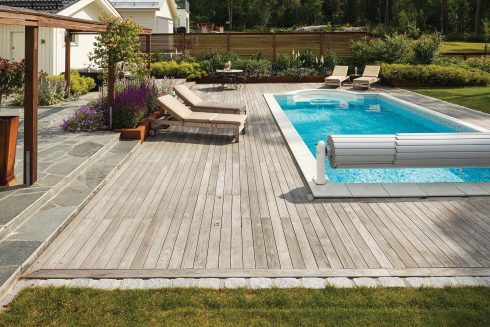
The warmth of springtime is fast approaching, and our thoughts are naturally turning towards spending more time outside. If you have a wooden terrace or...
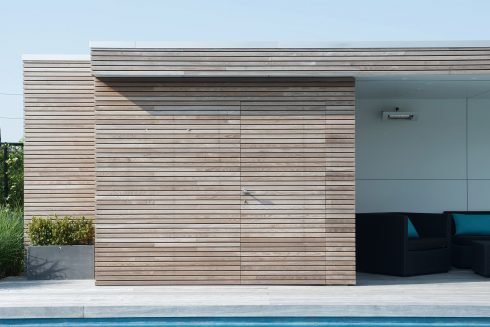
PaCS (Press and Click System) product ranges combine high-quality Thermory thermowood with the unique installation system by Grad. It is a popular hidden...
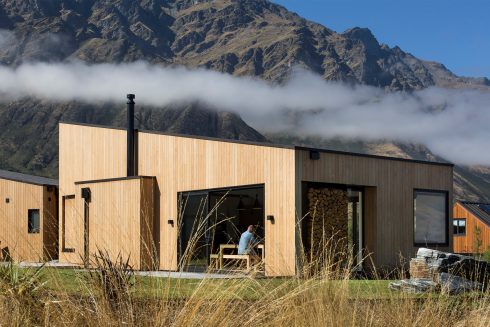
No matter where you live when you’re choosing a decking or cladding material, you’ll have to be mindful of how that material will change over time...
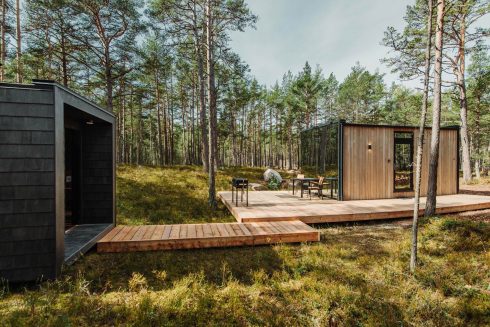
The tiny house movement has gained more momentum in the last decade, but why? It is based on tiny living: owning less so that what you own doesn’t own...

In 2022, the global megatrend of sustainable architecture and building practices will continue. Architecture trends influence the choice of materials both...